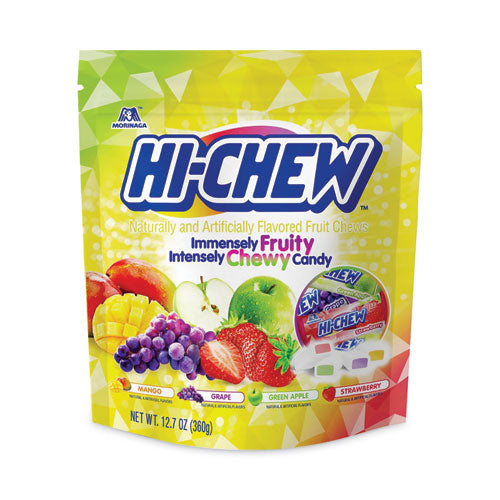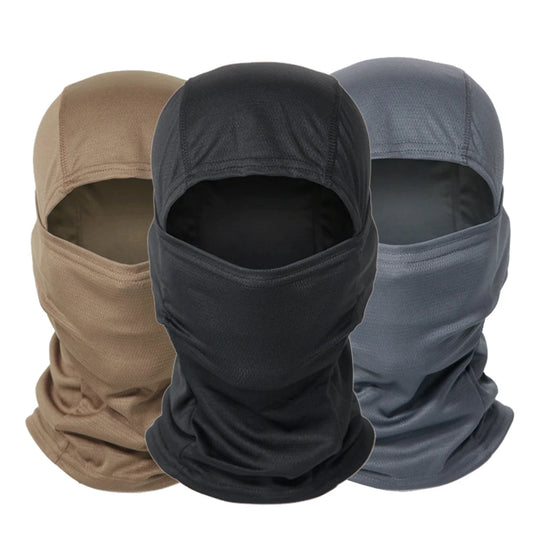Japanese Daikon Seeds - Daikon Radish Seeds - Japanese Radish - Non-Gmo

Japanese Daikon Seeds - Daikon Radish Seeds - Japanese Radish - Non-Gmo
Sold by South Mountain Nursery
$6.49
Choose variant:
Japanese Daikon (Raphanus sativus var. longipinnatus) is a type of radish that is native to East and Southeast Asia. The name "daikon" is derived from two Japanese words: "dai" meaning large, and "kon" meaning root. Here are some details about the Japanese Daikon:
1. Appearance: The daikon is a large root vegetable that typically has a long, cylindrical shape, though some varieties may be more round. The length can range from six inches to over a foot, with a diameter of two to three inches. The skin is thin and has a crisp texture, usually colored white but can be light pink, yellow, green, or black depending on the variety.
2. Interior: The interior of the daikon is white with a crisp, juicy texture. The flavor is mild and slightly sweet, but can also have a slight peppery taste, especially when eaten raw.
3. Cultivation: Daikon is a cool-season crop and prefers a sunny location with loose, well-drained soil. It is typically direct-seeded into the garden and can be grown both in spring and fall.
4. Use: Daikon is versatile and can be used in many types of dishes. It can be eaten raw in salads, pickled, stir-fried, simmered in soups and stews, or grated and used as a condiment. Daikon radish sprouts (kaiware) are also commonly used in salads and as a garnish for sushi.
5. Climate: Daikon radishes are best grown in cooler weather, ideally with daytime temperatures of 60-70 degrees Fahrenheit (15-21 degrees Celsius) and can handle light frost.
6. Maintenance: The Japanese daikon requires regular watering, especially during dry periods to prevent the roots from becoming woody and bitter.
7. Interesting Fact: In addition to its culinary uses, daikon is often used as a cover crop in gardening and farming. It can help break up compacted soil and its leaves can be used as a green manure.
1. Appearance: The daikon is a large root vegetable that typically has a long, cylindrical shape, though some varieties may be more round. The length can range from six inches to over a foot, with a diameter of two to three inches. The skin is thin and has a crisp texture, usually colored white but can be light pink, yellow, green, or black depending on the variety.
2. Interior: The interior of the daikon is white with a crisp, juicy texture. The flavor is mild and slightly sweet, but can also have a slight peppery taste, especially when eaten raw.
3. Cultivation: Daikon is a cool-season crop and prefers a sunny location with loose, well-drained soil. It is typically direct-seeded into the garden and can be grown both in spring and fall.
4. Use: Daikon is versatile and can be used in many types of dishes. It can be eaten raw in salads, pickled, stir-fried, simmered in soups and stews, or grated and used as a condiment. Daikon radish sprouts (kaiware) are also commonly used in salads and as a garnish for sushi.
5. Climate: Daikon radishes are best grown in cooler weather, ideally with daytime temperatures of 60-70 degrees Fahrenheit (15-21 degrees Celsius) and can handle light frost.
6. Maintenance: The Japanese daikon requires regular watering, especially during dry periods to prevent the roots from becoming woody and bitter.
7. Interesting Fact: In addition to its culinary uses, daikon is often used as a cover crop in gardening and farming. It can help break up compacted soil and its leaves can be used as a green manure.
$6.49
FREE delivery by December 27
In Stock
Choose variant:
Japanese Daikon (Raphanus sativus var. longipinnatus) is a type of radish that is native to East and Southeast Asia. The name "daikon" is derived from two Japanese words: "dai" meaning large, and "kon" meaning root. Here are some details about the Japanese Daikon:
1. Appearance: The daikon is a large root vegetable that typically has a long, cylindrical shape, though some varieties may be more round. The length can range from six inches to over a foot, with a diameter of two to three inches. The skin is thin and has a crisp texture, usually colored white but can be light pink, yellow, green, or black depending on the variety.
2. Interior: The interior of the daikon is white with a crisp, juicy texture. The flavor is mild and slightly sweet, but can also have a slight peppery taste, especially when eaten raw.
3. Cultivation: Daikon is a cool-season crop and prefers a sunny location with loose, well-drained soil. It is typically direct-seeded into the garden and can be grown both in spring and fall.
4. Use: Daikon is versatile and can be used in many types of dishes. It can be eaten raw in salads, pickled, stir-fried, simmered in soups and stews, or grated and used as a condiment. Daikon radish sprouts (kaiware) are also commonly used in salads and as a garnish for sushi.
5. Climate: Daikon radishes are best grown in cooler weather, ideally with daytime temperatures of 60-70 degrees Fahrenheit (15-21 degrees Celsius) and can handle light frost.
6. Maintenance: The Japanese daikon requires regular watering, especially during dry periods to prevent the roots from becoming woody and bitter.
7. Interesting Fact: In addition to its culinary uses, daikon is often used as a cover crop in gardening and farming. It can help break up compacted soil and its leaves can be used as a green manure.
1. Appearance: The daikon is a large root vegetable that typically has a long, cylindrical shape, though some varieties may be more round. The length can range from six inches to over a foot, with a diameter of two to three inches. The skin is thin and has a crisp texture, usually colored white but can be light pink, yellow, green, or black depending on the variety.
2. Interior: The interior of the daikon is white with a crisp, juicy texture. The flavor is mild and slightly sweet, but can also have a slight peppery taste, especially when eaten raw.
3. Cultivation: Daikon is a cool-season crop and prefers a sunny location with loose, well-drained soil. It is typically direct-seeded into the garden and can be grown both in spring and fall.
4. Use: Daikon is versatile and can be used in many types of dishes. It can be eaten raw in salads, pickled, stir-fried, simmered in soups and stews, or grated and used as a condiment. Daikon radish sprouts (kaiware) are also commonly used in salads and as a garnish for sushi.
5. Climate: Daikon radishes are best grown in cooler weather, ideally with daytime temperatures of 60-70 degrees Fahrenheit (15-21 degrees Celsius) and can handle light frost.
6. Maintenance: The Japanese daikon requires regular watering, especially during dry periods to prevent the roots from becoming woody and bitter.
7. Interesting Fact: In addition to its culinary uses, daikon is often used as a cover crop in gardening and farming. It can help break up compacted soil and its leaves can be used as a green manure.

Vendor
South Mountain Nursery
Shop More
Shipping Carriers
- UPS
- FedEx
- USPS
- DHL
Estimated Delivery
3-7 business days






















